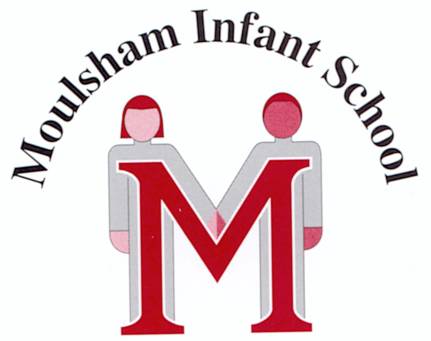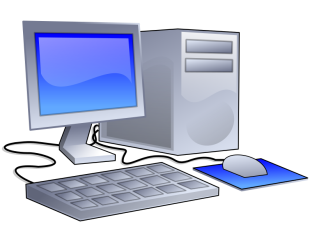|
By the end of Year 1 your child should be able to:
E-safety
- Keep their password private.
- Know what personal information is.
- Tell an adult when they see something unexpected or worrying online
- Agree and follow sensible e-safety rules.
Programming
- Give instructions to a friend and follow their instructions to move around.
- Describe what happens when they press buttons on a robot.
- Press the buttons in the correct order to make their robot do what they want.
- Describe what actions they will need to do to make something happen and begin to use the word algorithm.
- Begin to predict what will happen for a short sequence of instructions
- Use the word debug when they correct mistakes when they program.
Handling Data
- Talk about the different ways in which information can be shown.
- Use technology to collect information, including photos, video and sound.
- Sort different kinds of information and present it to others.
- Add information to a pictograph and talk to you about what they have found out.
Multimedia
- Be creative with different technology tools.
- Use technology to create and present their ideas.
- Use the keyboard or a word bank on a device to enter text.
- Save information in a special place and retrieve it again.
Technology in our lives
- Recognise the ways we use technology in our classroom.
- Recognise ways that technology is used in their home and community.
- Use links to websites to find information.
|
By the end of Year 2 your child should be able to:
E-safety
- Explain why I need to keep my password and personal information private.
- Describe the things that happen online that they must tell an adult about.
- Know that not everyone is who they say they are on the Internet.
Programming
- Give instructions to a friend (using forward, backward and turn) and physically follow their instructions.
- Tell you the order they need to do things to make something happen and talk about this as an algorithm.
- Program a robot or software to do a particular task.
- Look at a friend’s program and tell you what will happen.
- Use programming software to make objects move.
- Watch a program execute and spot where it goes wrong so that they can debug it.
Handling Data
- Talk about the different ways they use technology to collect information, including a camera, microscope or sound recorder.
- Make and save a chart or graph using the data they collect.
- Talk about the data that is shown in their chart or graph.
- Beginning to understand a branching database.
- Tell you what kind of information they could use to help them investigate a question.
Multimedia
- Use technology to organise and present their ideas in different ways.
- Use the keyboard on a device to add, delete and space text for others to read.
- Tell you about an online tool that will help them to share their ideas with other people.
- Save and open files on the device they use.
Technology in our lives
- Tell you why they use technology in the classroom and at home.
- Identify benefits of using technology including finding information, creating and communicating.
- Talk about the differences between the Internet and things in the physical world.
|

